Updated July 2022
Sometimes in a town like Hoi An it can feel as if everyone you meet is selling a tour to somewhere. It can be hard to separate the wood from the trees and actually make a decision. An easy way to overcome this paralysis by analysis is to simply become your own tour guide and the Cam Kim Cycle Tour is a perfect place to start.
This is especially true if you wish to explore the farmland outside town. Hoi An’s countryside is friendly, safe and perfect for cycling. Best yet, armed with that smartphone in your pocket, there is zero chance of getting lost and having to survive on scavenged frog spawn and your own urine. (We’ve all been there, right?) Unless you forget to charge your phone of course – then, well, all bets are off!
The Destination: Cam Kim
Cam Kim Island, on the south side of the Thu Bon river, makes for the perfect self-guided cycle tour. Close enough that you can pedal back to town for lunch but far away enough to feel as if you’ve gone on holiday from your holiday. Double win.
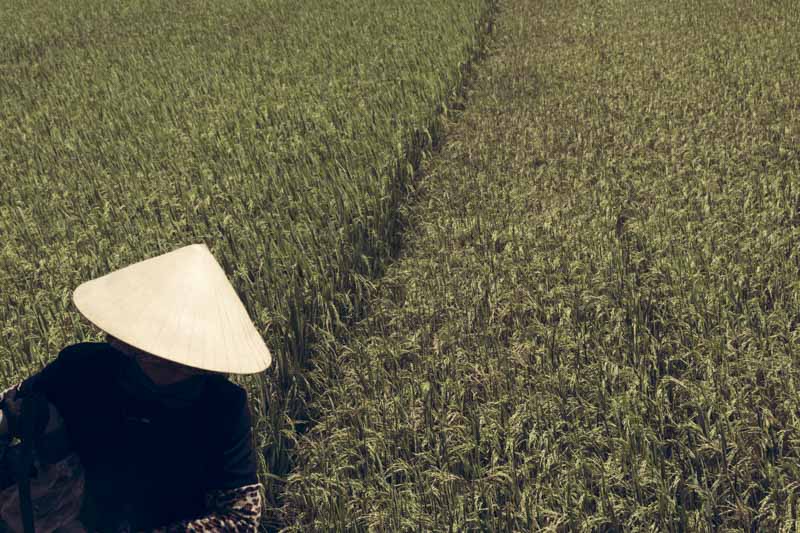
Stage 1: Crossing the Bridge
Until recently the only way to reach Cam Kim from Hoi An was by ferry; fortunately, for those rubber-legged land lovers among you, a nifty new bridge between the two has been built, linking the island to An Hoi.
The transformation that takes place somewhere in the middle of the bridge is something truly special. In the matter of just a few revolutions of your bike’s wheels, the bustle of downtown Hoi An is replaced by a zen-like rural calm.
This guide could easily end here by saying: “Once on Cam Kim, just cycle around.” On the Cam Kim Cycle Tour you’ll be met with timeless views of water buffalos wallowing in the mud, fishermen mending nets and conical-hatted farmers working the field by hand.
You’re guaranteed to enjoy the island no matter which direction you point your handlebars; that said, there are a couple of highlights that you really shouldn’t miss!
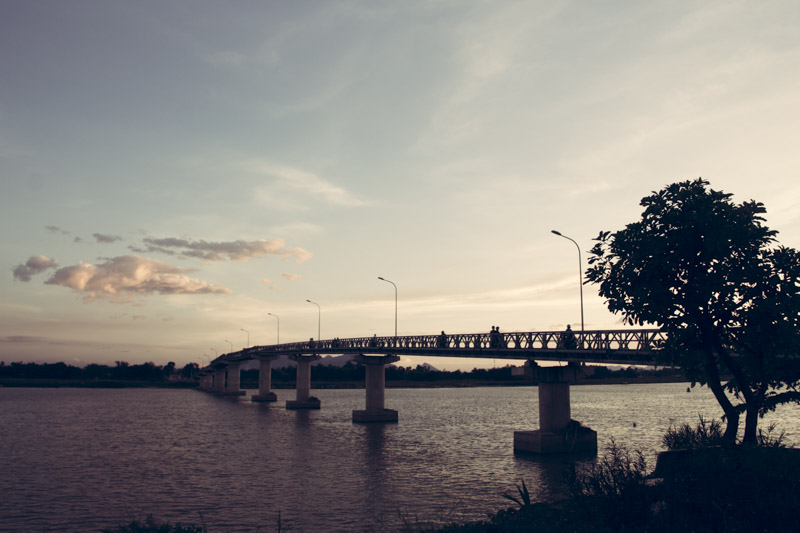
Stage 2: Triem Tay village
Taking an immediate right over the second bridge and ensuring you keep the water on your right, you’ll soon reach Triem Tay Village. First settled in the 17th century, the village is a pretty maze of homes, hedgerows, community gardens and pagodas – some sparkling and new, others aged and slowly returning to nature.
Tip: Prepare your cheeks for returning smiles and your hands for returning waves. This place gets friendly.
Triem Tay boasts two lovely spots to pause for a mid-tour refreshing drink; one a floating cafe on the right as you enter the village, the other a sleepy thatched place at the far side of the village near the Ba Truyen Mooring.
The village also boasts a handy tourist map and is dotted with signposts pointing off down charming laneways to spots with enchanting names like Old Secret Tree and Tamarind Hamlet. See…who needs a guide?! Not us.

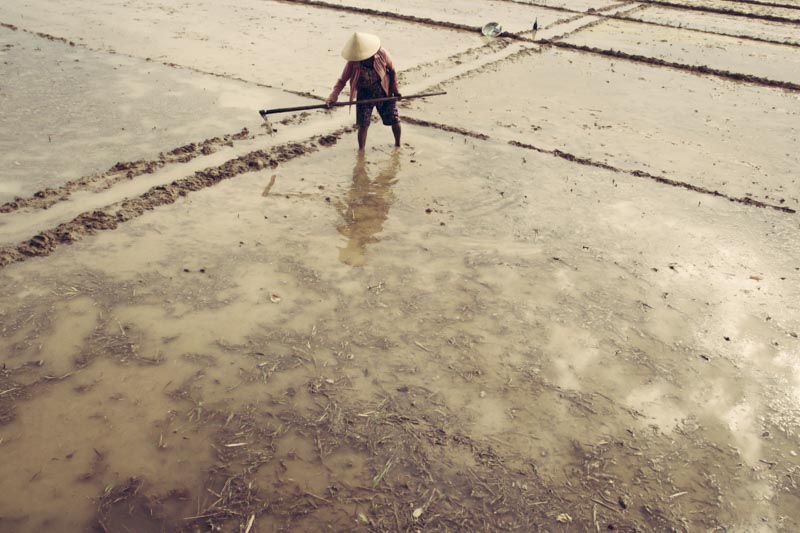
Stage 3: Kim Bong Carpentry Village
Follow the lanes out of Triem Tay southward and then east. This will lead you on a nice loop through rice fields, past vegetable gardens and eventually over a bridge into Kim Bong village.
The largest settlement on the island, Kim Bong is also known as the Carpentry Village – due to the local population of master woodworkers, who for generations past and present have been responsible for much of the ornate and intricate detailing you see in the Old Town’s wooden architecture.
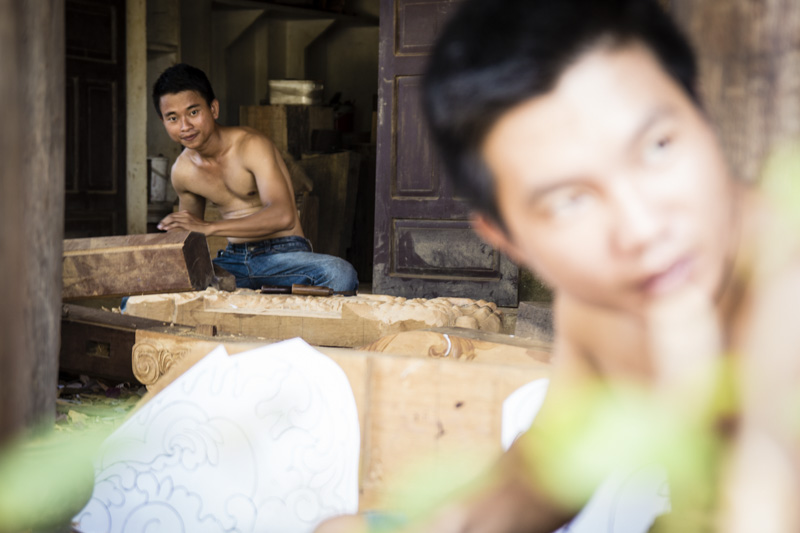
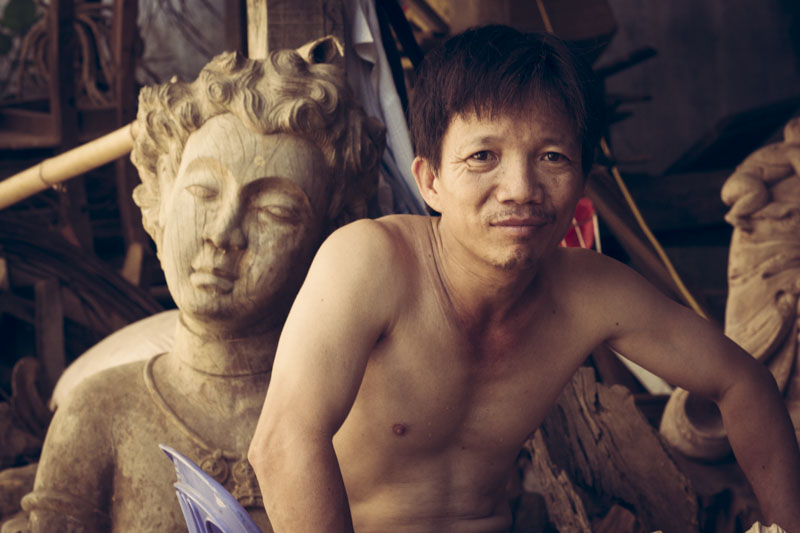
The village is home to a bustling little market, a fascinating boat-building yard and multiple wood workshops, all of which welcome visitors to wander inside with absolutely no pressure to buy or tip. There is even a row of relaxed tourist shops, catering to the occasional tour groups who make it over by boat from Hoi An.
(Strangely, all the shops sell owl-decorated bags. Despite our in-depth investigations, we weren’t able to discern the significance of owls and Cam Kim, but nice bags they remain nonetheless. And bargaining with the stallholders is, as always in Vietnam, quite a hoot!)
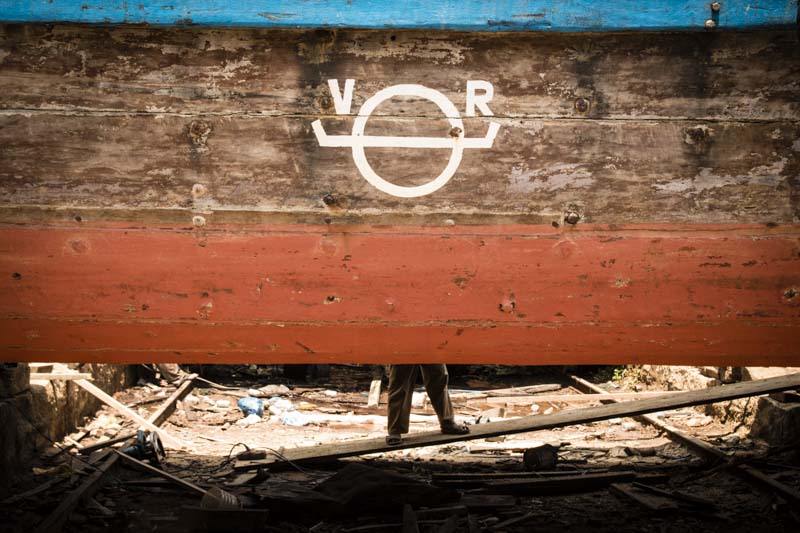

Last Stop: Coffee with a View
Not strictly on Cam Kim, but just back over the bridge on the An Hoi side, immediately on your left, is one of our favourite spots in all of Hoi An to get a coffee – and a perfect spot for you to end your tour. Cafe Phú Lịch set on the river’s edge amongst shady bamboo groves, strung with hammocks and catering to a largely local clientele, the coffee here is great and the view of tour boats and fishing boats lazily chugging up and down the Thu Bon at sunset are idyllic. Put your feet up, you’ve earned it.
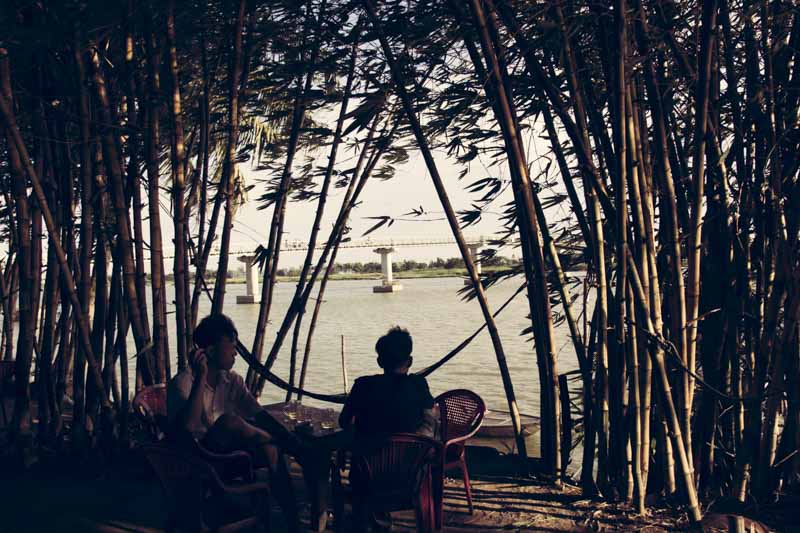
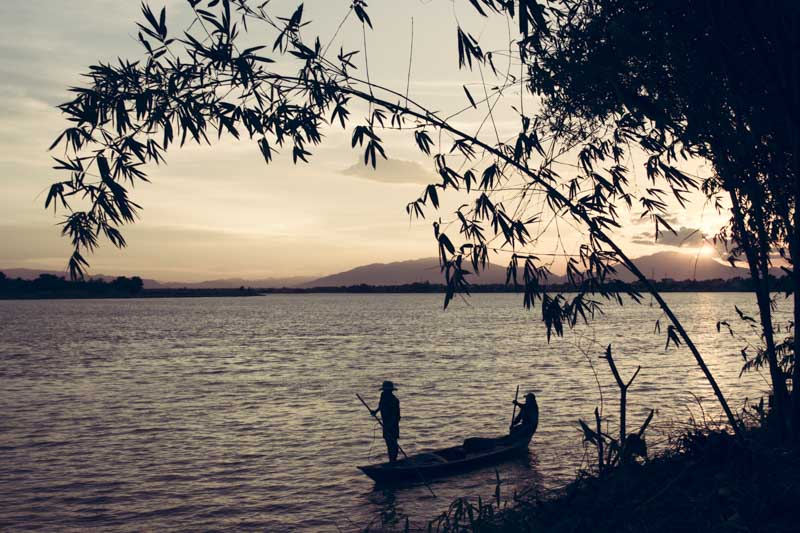
Bonus Stop: Boat Trip Home
Now, this is a bicycle guide so we do strongly suggest you cycle home; however, if you’re one of those cheating types, then cheat in style by hopping onto one of the tour boats from the Kim Bong jetty and return to Hoi An in style. The captains have no problem taking bikes and the boat ride itself shouldn’t set you back more than dollar or two.

Bonus Bonus Stop: The Big Loop
If you reach Kim Bong, if your legs still feel strong and if you have no pressing appointments with a tailor back in Hoi An, then there is a way for you to extend your cycleventure further.
Cam Kim itself is connected by a series of bridges to further islands to the south and east, namely Duy Phước and Duy Nghĩa. A pleasant hour or so cycling will bring you in a big loop back over Cua Dai Bridge, crossing the mouth of the Thu Bồn River, and giving you an unsurpassed view over the Hoi An countryside, with Cham Island just visible on the horizon.
P.S. Don’t feel bad if you have to get off and push your bike over Cua Dai bridge; even Lance Armstrong in his most chemically enhanced days would have struggled with that climb.